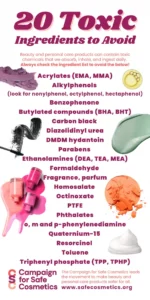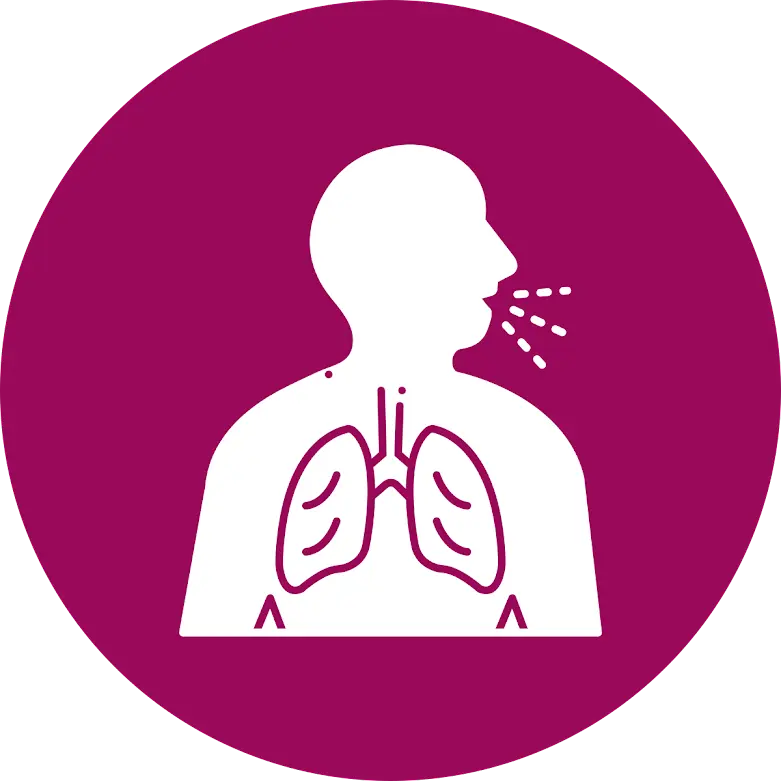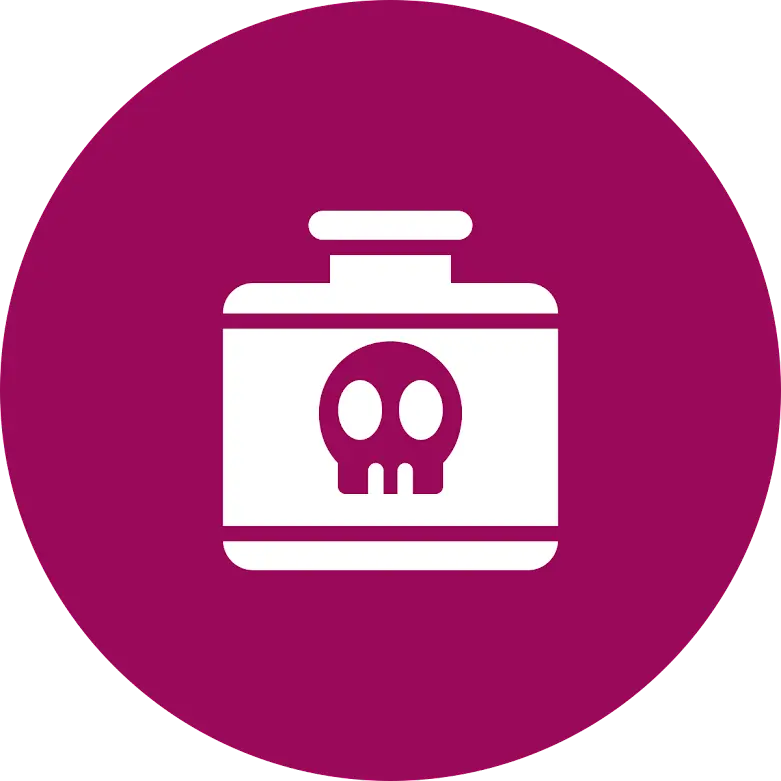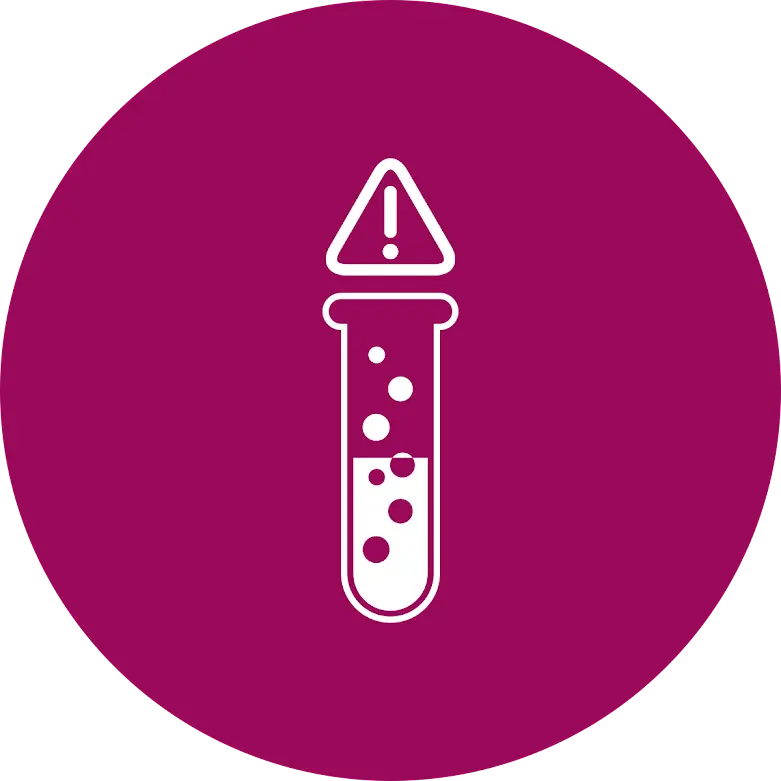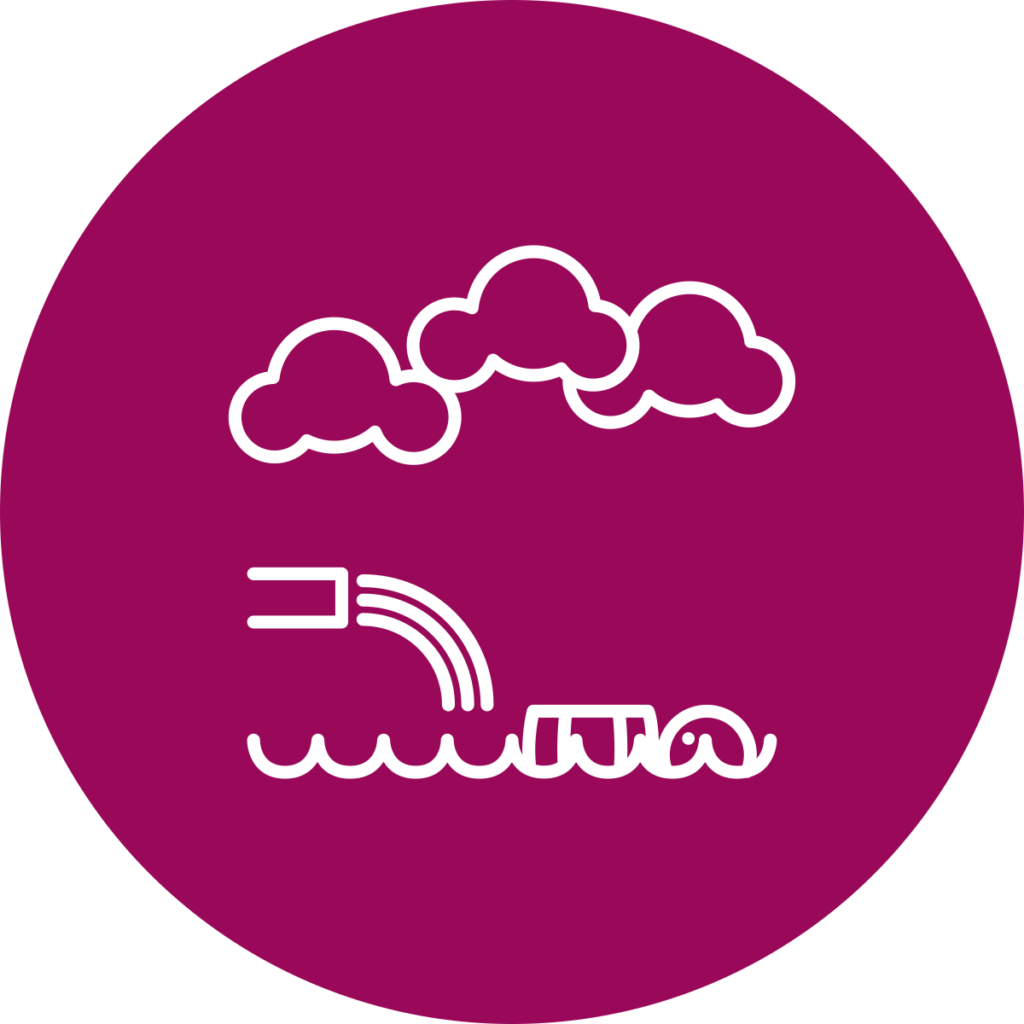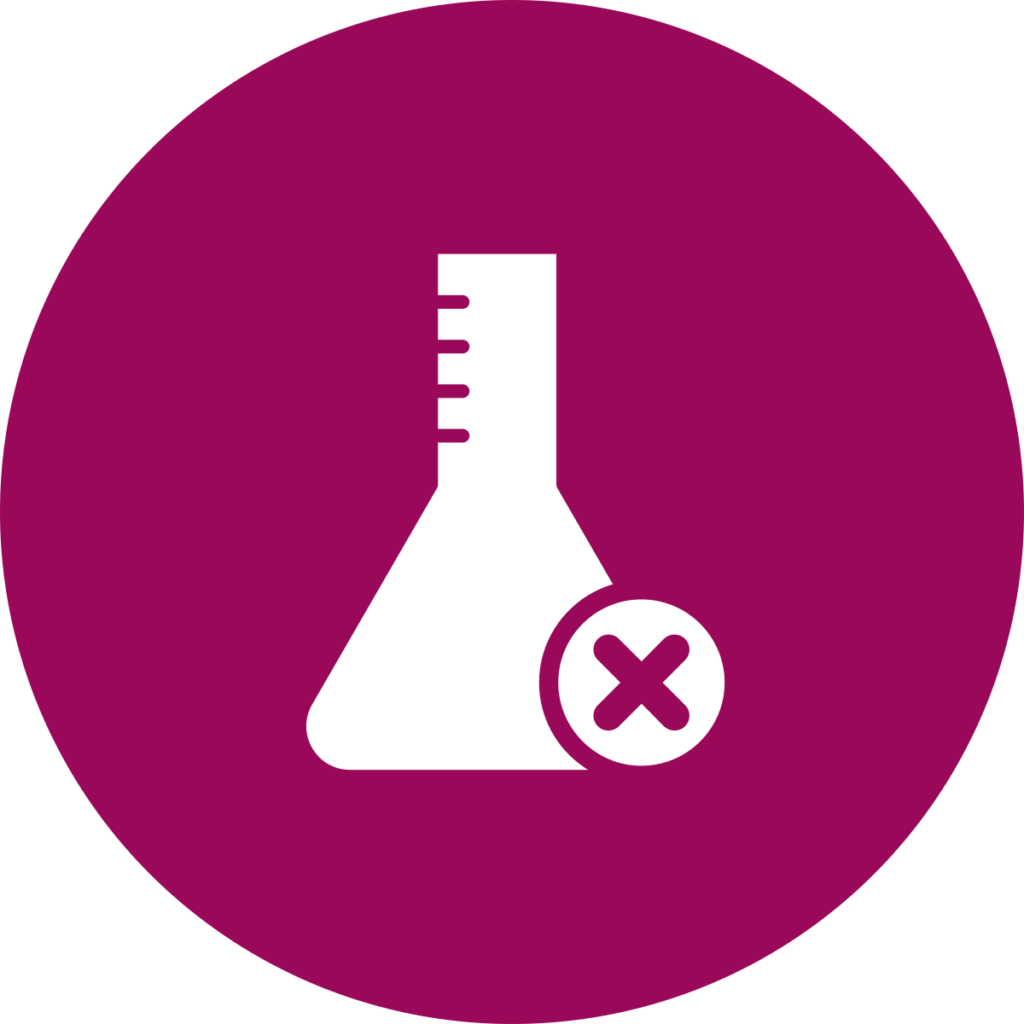State, federal, and international laws governing cosmetics
In the absence of meaningful federal oversight of the cosmetics industry, states have taken steps to regulate the safety of cosmetics to ensure consumers have more ingredient information and access to safer products. Numerous states have adopted safe cosmetics legislation.
Minnesota banned formaldehyde, a cancer-causing chemical, in children’s personal care products like lotions, shampoos and bubble baths in 2013. The ban against the use of formaldehyde and formaldehyde-releasing preservatives applies to products intended for children under eight.
We all deserve access to personal care and beauty products that are free from cancer-causing and other harmful chemicals, no matter where we live, work, or shop.
These 4 bills aim to make beauty and personal care products safer for all. Take Action to help pass these bills!
The Toxic Free Beauty Act bans 11 of the most toxic chemicals on the planet from beauty and personal care products sold in the U.S. Authored by Reps. Schakowsky and Fletcher.
NGO bill leads:
The Cosmetic Fragrance and Flavor Ingredient Right to Know Act requires the disclosure of the secret, unlabeled fragrance and flavor chemicals in personal care products that are toxic to human health and the environment. Authored by Reps. Schakowsky and Matsui.
NGO bill leads:
The Cosmetic Safety for Communities of Color and Professional Salon Workers Act creates cosmetic safety protections for these two vulnerable populations who are most at risk of hazardous exposures because of toxic chemicals in the products marketed to them or commonly found in their workplaces. Authored by Reps. Schakowsky and Blunt-Rochester.
NGO bill leads:
The Cosmetic Supply Chain Transparency Act requires upstream suppliers to provide ingredient disclosure and safety data to cosmetic companies so that the companies have the information they need to make safer products. Authored by Rep. Schakowsky.
NGO bill leads:
In 2022, President Biden signed the Modernization of Cosmetic Regulations Act (MoCRA) into law, which achieved many core goals of BCPP’s Campaign for Safe Cosmetics. MoCRA brought our country’s antiquated regulatory framework for cosmetic safety into the 21st century by making many constructive and long-overdue reforms, including:
Despite these positive changes, more work is needed to ensure the ingredients in cosmetic products are safe and public, so we can all make informed choices about our health.
Unfortunately, MoCRA codified a weak safety standard. First, it does not direct or permit the FDA to audit the records of companies to determine if they are adequately substantiating the safety of product ingredients. And equally troubling, MoCRA does not direct the FDA to verify the safety of cosmetic ingredients. Finally, it does not require the FDA to conduct pre-market reviews of cosmetic products to ensure they’re safe before they reach store shelves.
The new federal law also included sweeping federal preemption. It prohibits the states from legislating on cosmetic safety, preserving only states’ right to ban or restrict individual chemicals from cosmetics. Thankfully, it does not preempt existing reporting laws.
Fortunately, Rep. Jan Schakowsky’s Safer Beauty Bill Package picks up where MoCRA left off by addressing critical gaps in cosmetic safety that impact everyone, especially women of color and professional salon workers.
This suite of four bills will ban the worst chemicals from cosmetics, require full fragrance ingredient disclosure, protect communities of color and salon workers, and require supply chain transparency so companies get the information they need from upstream suppliers to make safer products.
Canadian cosmetics regulations, like European Union regulations, are much stricter than those in the United States.
Unlike in the U.S. where cosmetic product registration and ingredient disclosure is voluntary, the Canadian Cosmetic Regulations and Food and Drugs Act require that cosmetics manufacturers and importers must:
The Canadian government created and regularly updates a Cosmetic Ingredient Hotlist that includes hundreds of chemicals and contaminants prohibited and restricted from use in cosmetics such as resorcinol, benzene, formaldehyde, nitrosamines and 1,4-dioxane — all of which are allowed in U.S. products.
Labeling requirements that went into effect in 2006 require ingredient lists to appear on all cosmetic product labels.
The 27-country European Union has more stringent and protective laws for personal care and beauty products than the United States and leads the world in terms of cosmetic safety regulation. The hazard-based, precautionary approach of the EU acknowledges that chemicals linked to cancer, genetic damage and reproductive problems (infertility and birth defects) don’t belong in cosmetics – regardless of the chemical’s concentration.
The United States has much to learn from the EU approach. The EU Cosmetics Directive (76/768/EEC) was adopted in 1976, revised in 2009 to become a higher-order law (Regulation (EC) N° 1223/2009), and has undergone frequent updates since then – a total of 37 amendments since the law entered into force in 2013. As of January 2022, the EU law bans 1693 chemicals from cosmetics that are known or suspected to cause cancer, genetic mutation, reproductive harm or birth defects (Annex II), and specifies the maximum concentrations permitted or other restrictions for 324 chemicals (Annex III). In comparison, the U.S. FDA has only banned or restricted 11 chemicals from cosmetics. Unlike the United States, EU law requires pre-market safety assessments of cosmetics, mandatory registration of cosmetic products, government authorization for the use of nanomaterials and prohibits animal testing for cosmetic purposes. It also makes individual EU countries responsible for market surveillance at the national level. This involves monitoring products for conformity with the law, enforcing the law, and coordinating on related matters with the other EU countries. When national authorities require product recalls, it is reported on the EU’s Rapid Alert system for dangerous goods, called RAPEX. The RAPEX system originated from the General Product Safety Directive 2001/95/EC (GPSD), an EC law which came into force on January 15, 2004.
More Information:
EU Regulations and Scientific Assessments on Cosmetics
Get our emails to stay in the know.
This site is protected by reCAPTCHA and the Google Privacy Policy and Terms of Service apply.
get to know us
take action
BCPP is a 501(c)3 | EIN: 94-3155886 | Privacy Policy | Site Map | BCPP.org
